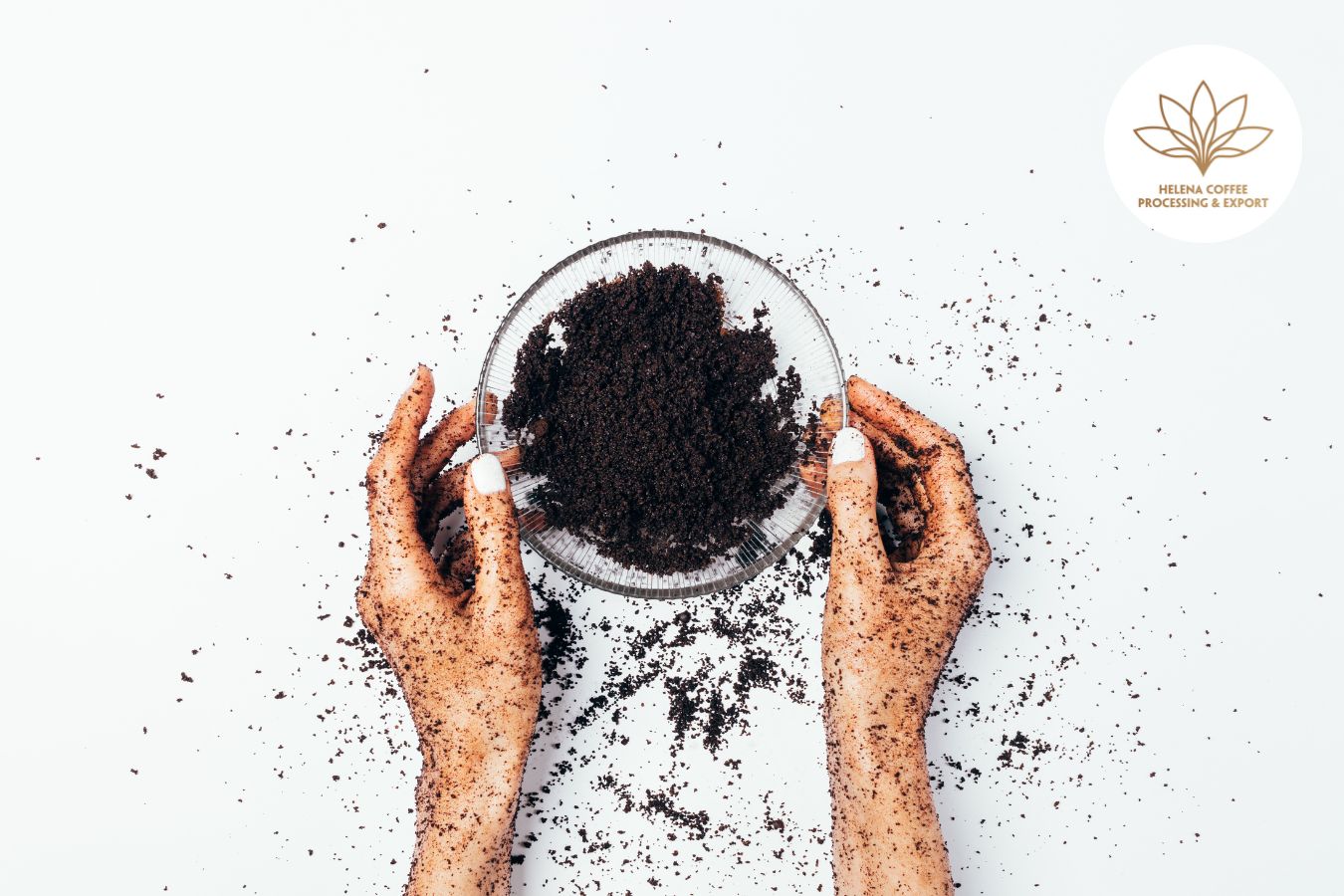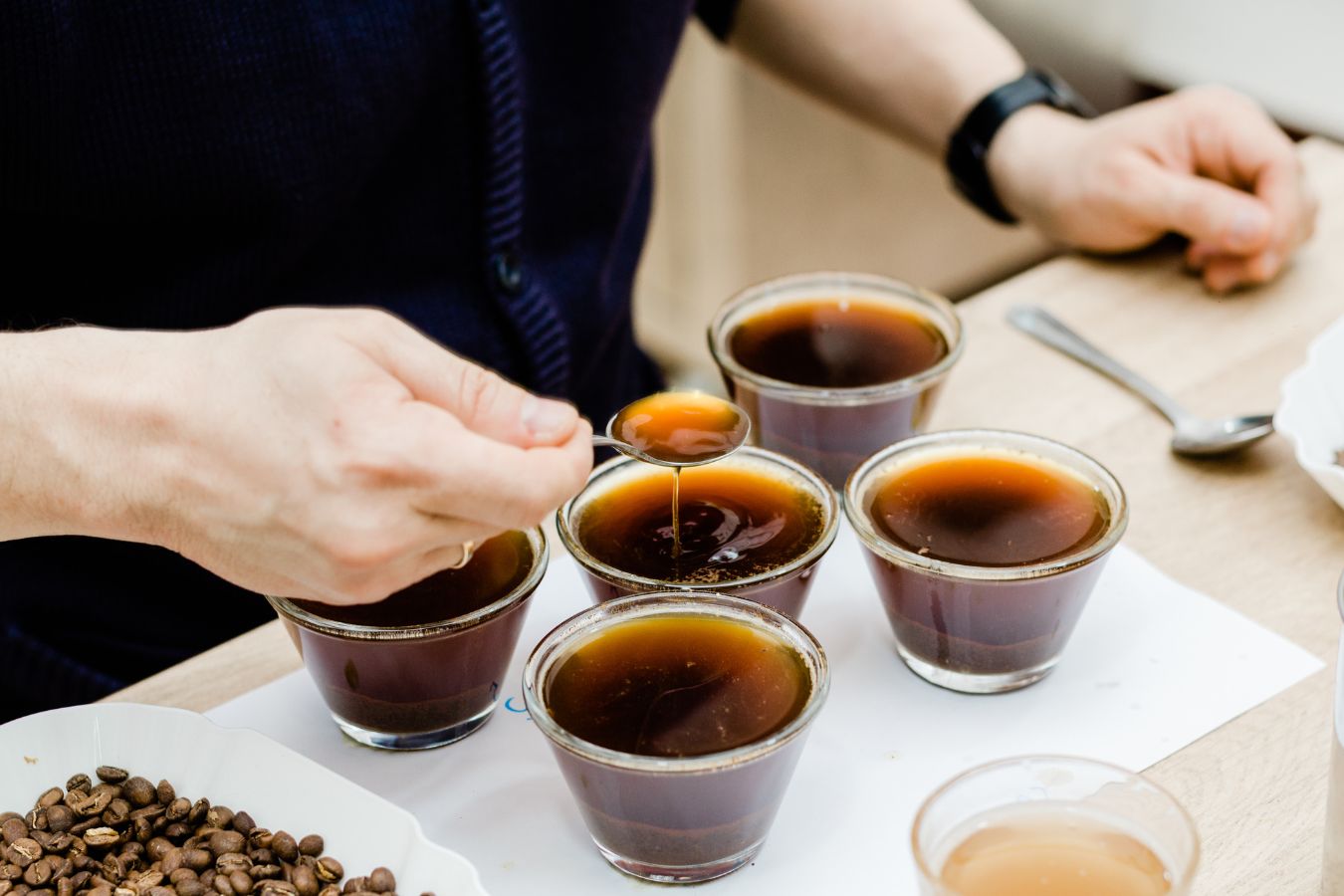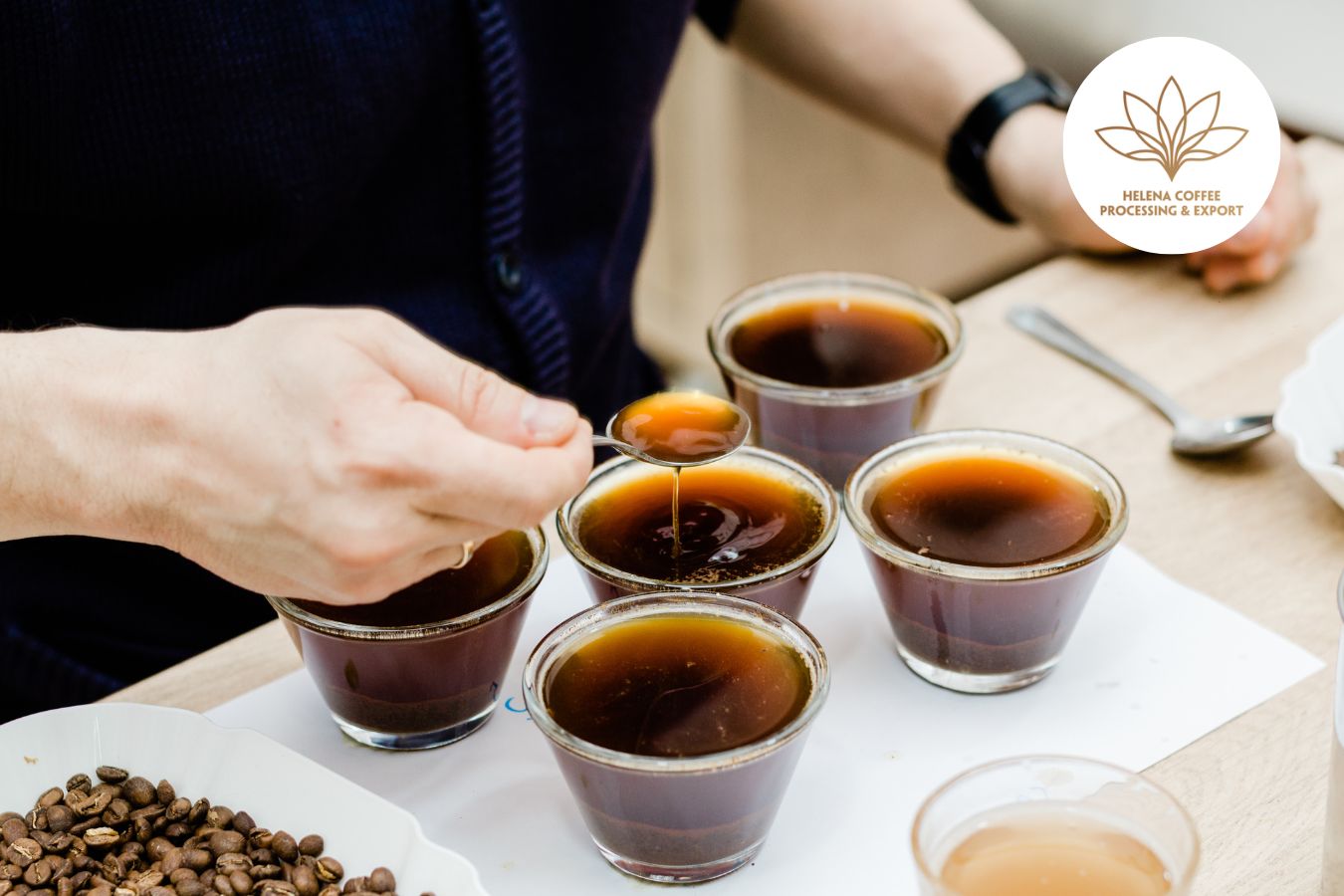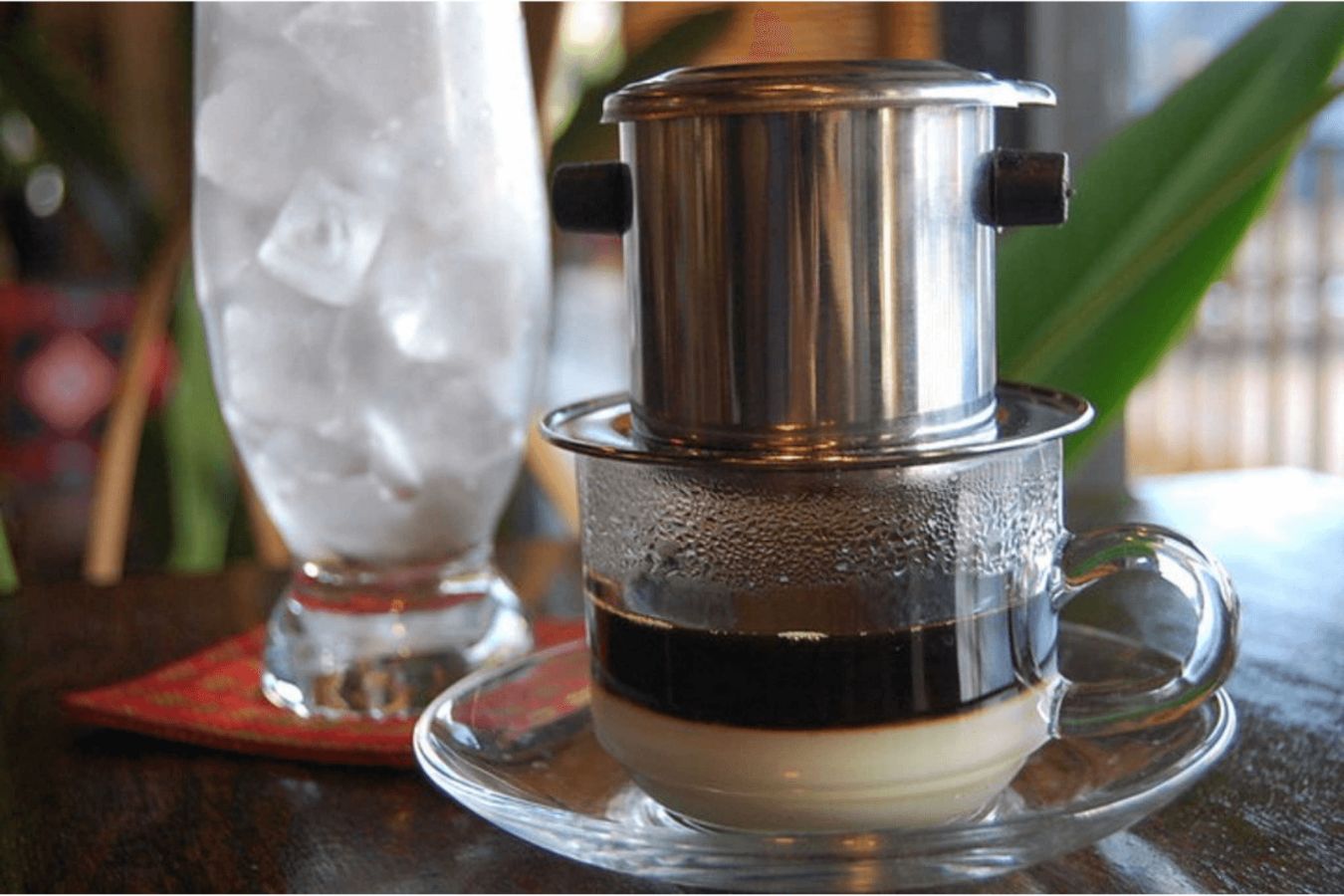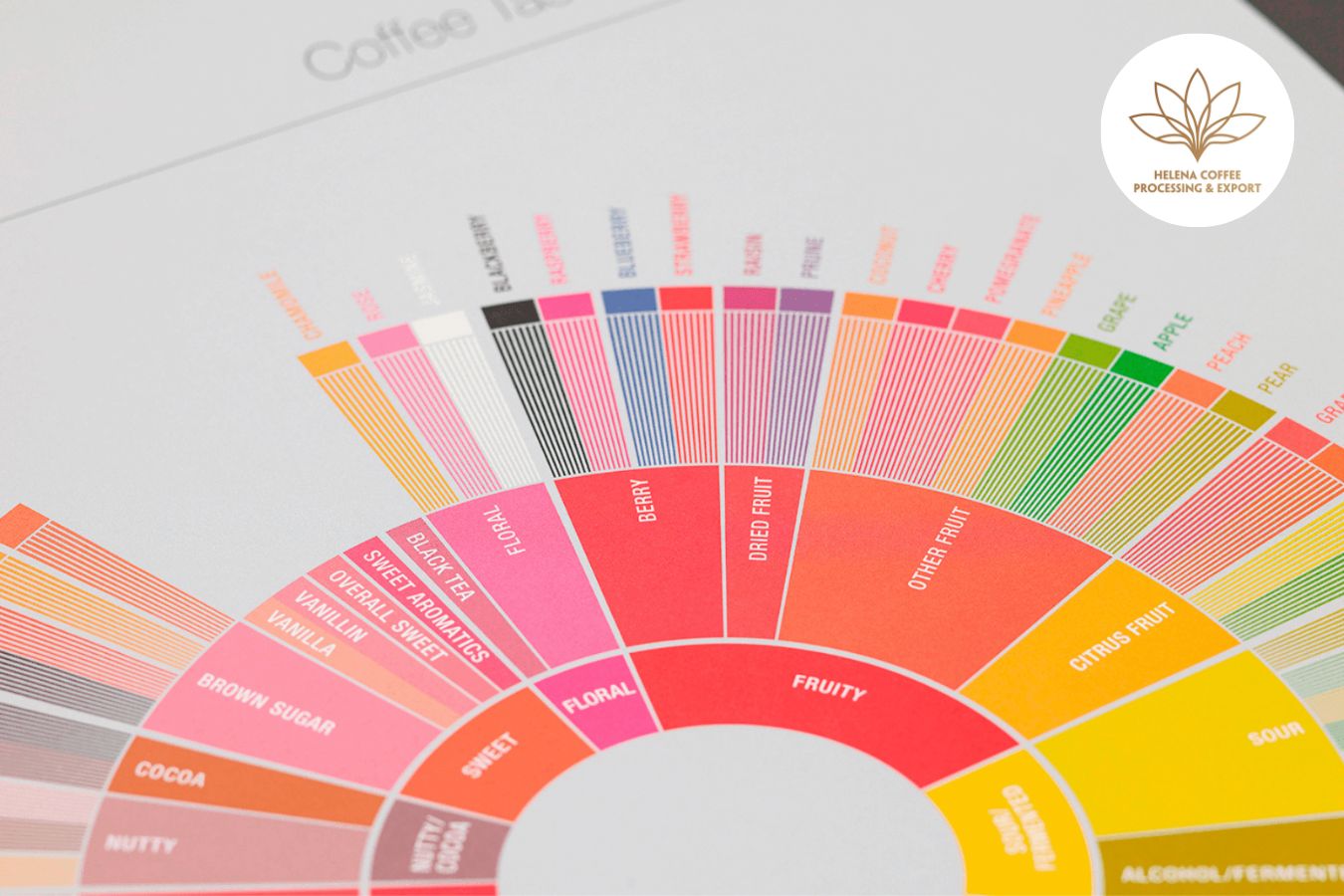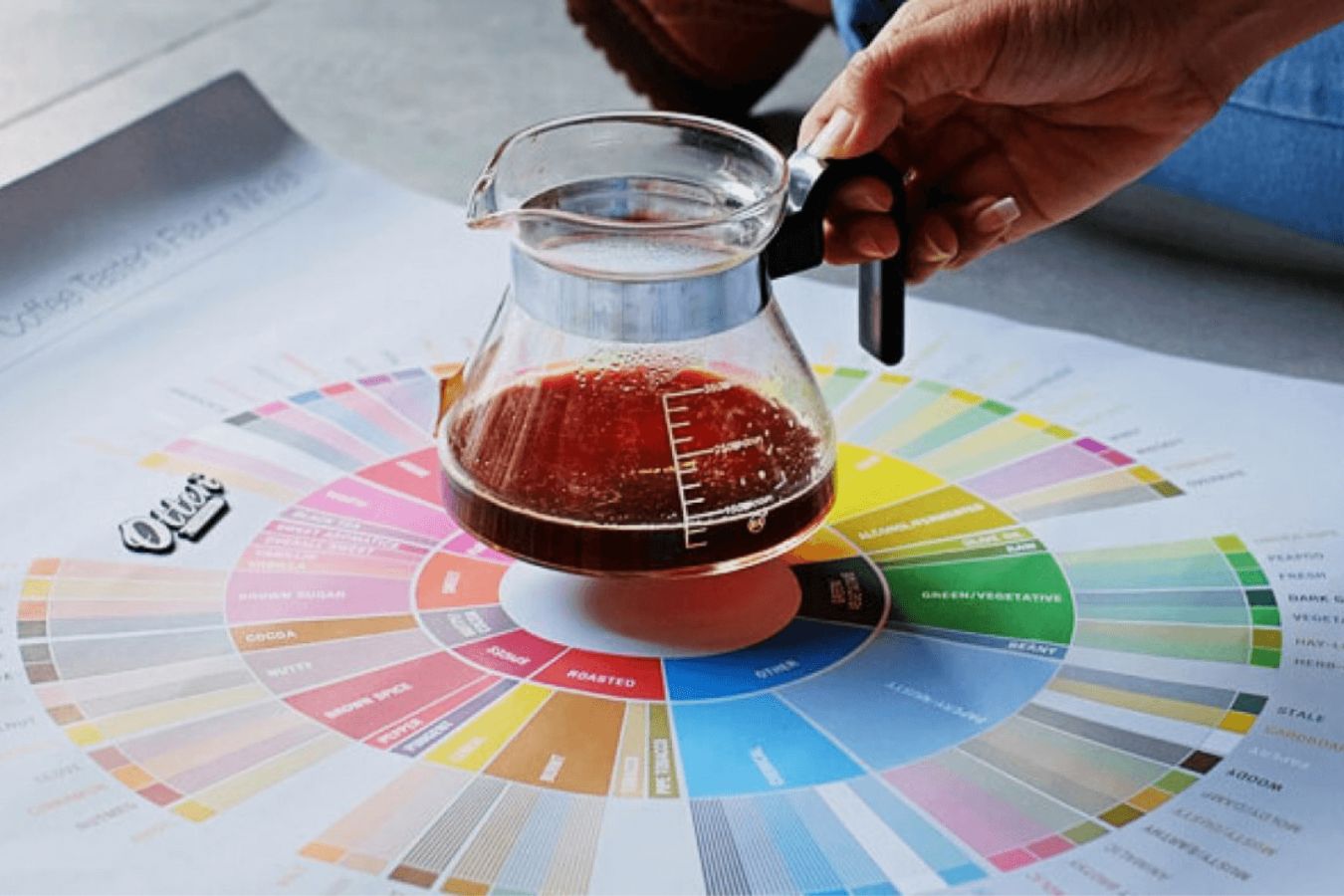 Tasting
Tasting How To Determine The Taste Of Coffee?
How To Determine The Taste Of Coffee?: Coffee drinkers rarely care about the details of each type of coffee flavor in the espresso, and they only comment preliminarily as "that aroma" is "too bitter" in a very primitive way.
But for Cuppers (coffee tasting specialists or a professional baristas, besides the 04 primary flavors of coffee are bitter, bitter, sweet, sour, we want to understand and describe the taste of coffee more specifically. That is why Coffee Taster's Flavor Wheel …



